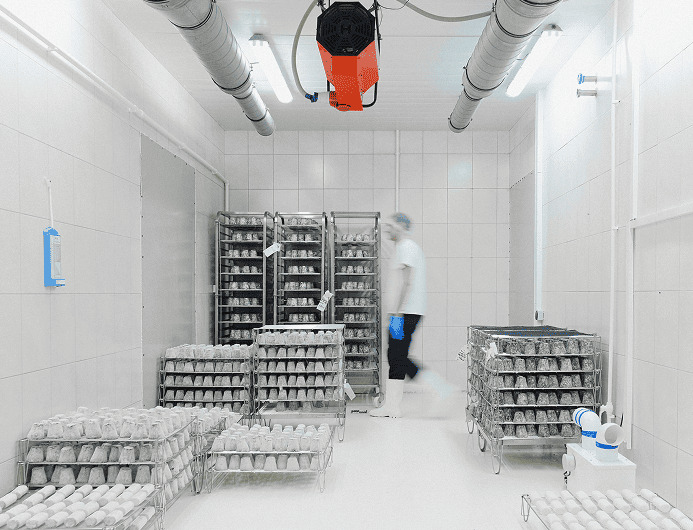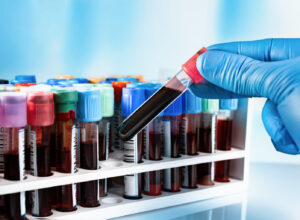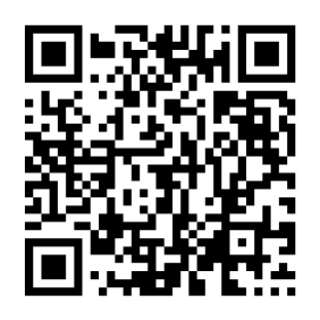Today’s consumers expect fresh produce – shipped from all over the world – to be available at all times. The same is true for other perishables, like vaccines. Cold chain logistics management makes it happen. It takes supply chain management, already a complex system, one step further, demanding even more precision and tight coordination.
And it doesn’t stop with speedy transportation. Both the food and the pharmaceutical industry are strictly regulated to ensure consumers and patients receive only safe foods, vaccines, and other temperature-sensitive products.
But how can operators in food and pharmaceuticals ensure a fully documented, unbroken cold chain? One part of the answer lies in barcodes.
This tried and tested data capture technology is ubiquitous in supply chains worldwide. Recent developments, such as GS1 Digital Link, are now drastically expanding its potential for product tracking and tracing.
In this article, we discuss how modern barcode technology is used in cold chain logistics and how it helps overcome common challenges.
Core elements of the cold chain
Maintaining products at precise temperatures is a complex task. The three core elements for ensuring product safety and quality are:
- Refrigerated production, storage, and distribution facilities: Items must be kept cool at all times. Refrigerated trucks, warehouses, containers, and specialized packaging are the foundation of a functioning cold chain.
- Continuous temperature monitoring and control: Maintaining the required temperature throughout all stages of the cold chain is paramount. Continuous monitoring identifies any dangerous deviations.
- Specialized logistics and handling procedures: Specialized solutions are critical to ensuring an unbroken cold chain.
Challenges of cold chain logistics management
Controlling, maintaining and documenting the required low temperatures while storing, transporting, and distributing perishable goods comes with many challenges.
- Regulatory compliance: The standards and regulations around the handling, storage, and transport of temperature-sensitive goods are strict. One example among many: the FDA’s regulations for the storage and handling of prescription drugs. Compliance requires continuous documentation.
- Monitoring and tracking: Real-time monitoring is essential to detect and respond to temperature fluctuations rapidly. However, tracking products and temperatures throughout every link of the cold chain requires an immense operational effort.
- Maintaining temperature control: Even brief exposure and resulting temperature deviations can degrade products’ quality or render them useless. Temperature control therefore often combines several measures.
- Energy consumption and high costs: The specialized equipment and compliance measures consume a lot of energy, driving up operational costs.
- Equipment reliability: Malfunctioning refrigeration units, sensors, and trucks can cause temperature deviations that, if not caught early, lead to spoilage and other forms of product loss.
- Shipping delays and supply chain disruptions: Delays caused by transportation issues can compromise product safety, as cold chain processes are time-sensitive.
Cold chain operators have a real need for a cost-efficient system that streamlines processes, helps identify potential bottlenecks and disruptions, and aids regulatory compliance.
This is where barcodes come into play.
Barcodes in cold chain logistics management
But how do these familiar stripe and pixel patterns help cold chain operators navigate those challenges? Let’s take a look at the characteristics of barcodes and what exactly makes them so suitable for protecting the cold chain.
Barcodes – small but powerful data carriers
A barcode is a visual, machine-readable representation of data.
Not only can barcodes encode information in a small space – and therefore serve as efficient data carriers. They are also very easy to scan, thanks to advancements in image processing technology.
They come in two main types:
- 1D barcodes represent information in black and white bars of varying widths and lengths.
- 2D barcodes use a matrix of black and white squares or dots to store more and more complex data than 1D barcodes.
How barcode technology streamlines cold chain logistics management
Barcodes serve as an effective method of communicating information along the cold chain. Let’s find out how barcode systems address common logistics challenges.
Enhanced cold chain visibility
Barcodes enable real-time tracking of temperature-sensitive goods at every stage of the supply chain.
Once each batch or individual product is assigned a unique barcode, it can be scanned at every stage of its journey. The scan can automatically be tied to data such as location, time, and temperature readings. This simplifies documentation, as well as batch tracing in the case of product recalls.
Automated data capture and reduced human error
By replacing error-prone manual data entry, barcodes improve the accuracy of inventory and shipment records. This is crucial for compliance with regulatory standards.
Additionally, barcodes can directly store vital information about products, such as temperature requirements. Scans at every touchpoint help ensure that goods are stored and transported under the right conditions.
Efficient inventory management
Barcode scanning speeds up warehouse operations by enabling quick identification, location, and verification of products – and of their requirements. This reduces handling time and helps optimize storage in cold chain facilities.
Regulatory compliance and reporting
Barcode systems ensure accurate labeling, traceability, and documentation, which are essential for meeting regulations in the pharmaceutical and food industries.
Mobile barcode scanners: Automated data extraction for the cold chain
Barcode technology offers a robust solution for optimizing various aspects of cold storage supply chain management, reducing delays, costs, and waste.
These days, even ordinary smartphones scan barcodes swiftly and accurately. Combined with modern barcode scanner software, they replace expensive dedicated scanners that require lengthy employee training.
The Scanbot Barcode Scanner SDK is a comprehensive tool set for easy and swift integration into any mobile or web app.
For instance, the SDK’s Ready-to-Use UI Components (RTU UI) enable you to implement barcode scanner functionality in your app within minutes – while still offering extensive customization options.
The SDK scans all common barcode types, even when the codes are damaged or under less than ideal lighting conditions. It works entirely offline, without connection to third-party servers, ensuring both data security and full functionality in remote locations.
See for yourself how it works and try our free barcode scanner demo apps. If you would like to learn more, feel free to reach out to our solution experts at sdk@scanbot.io.







